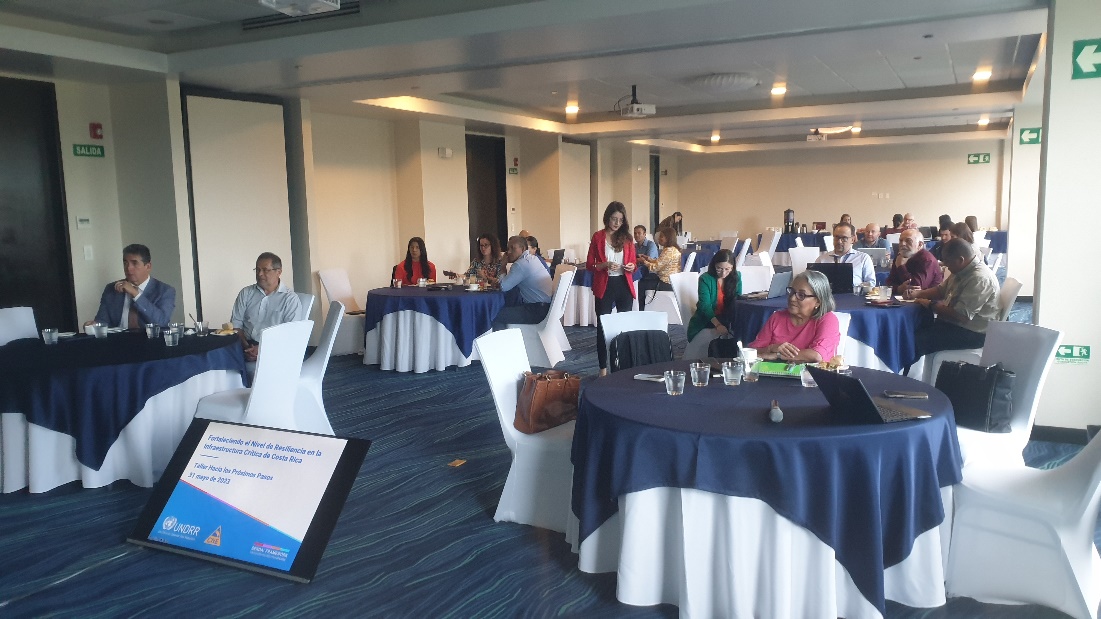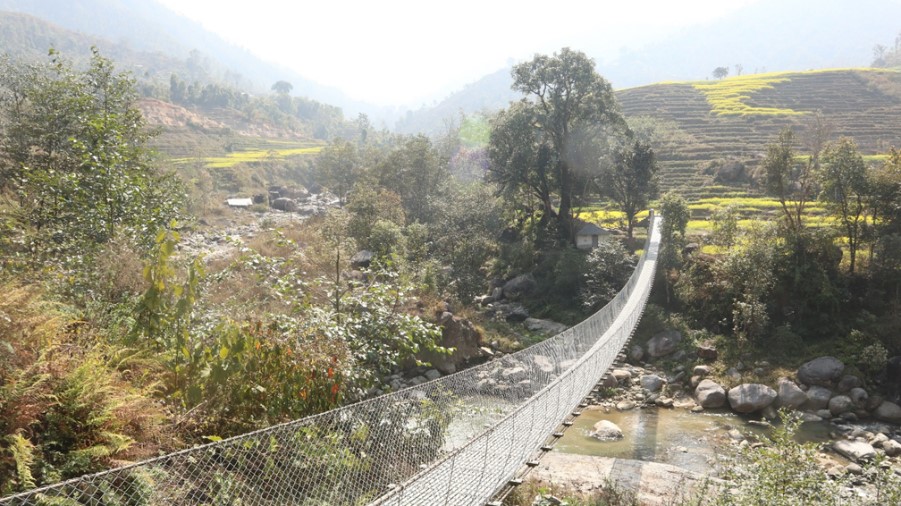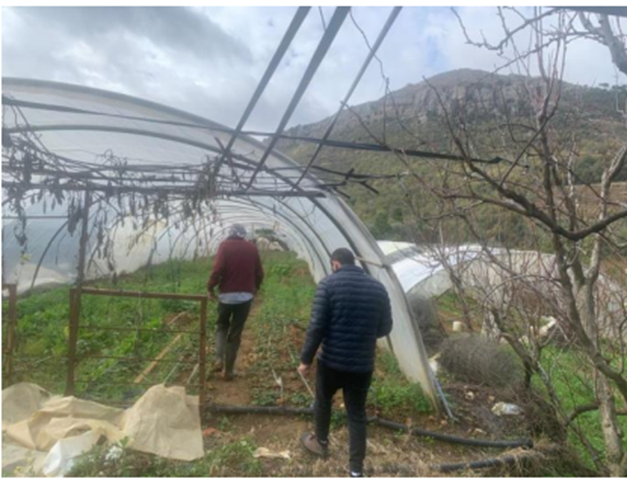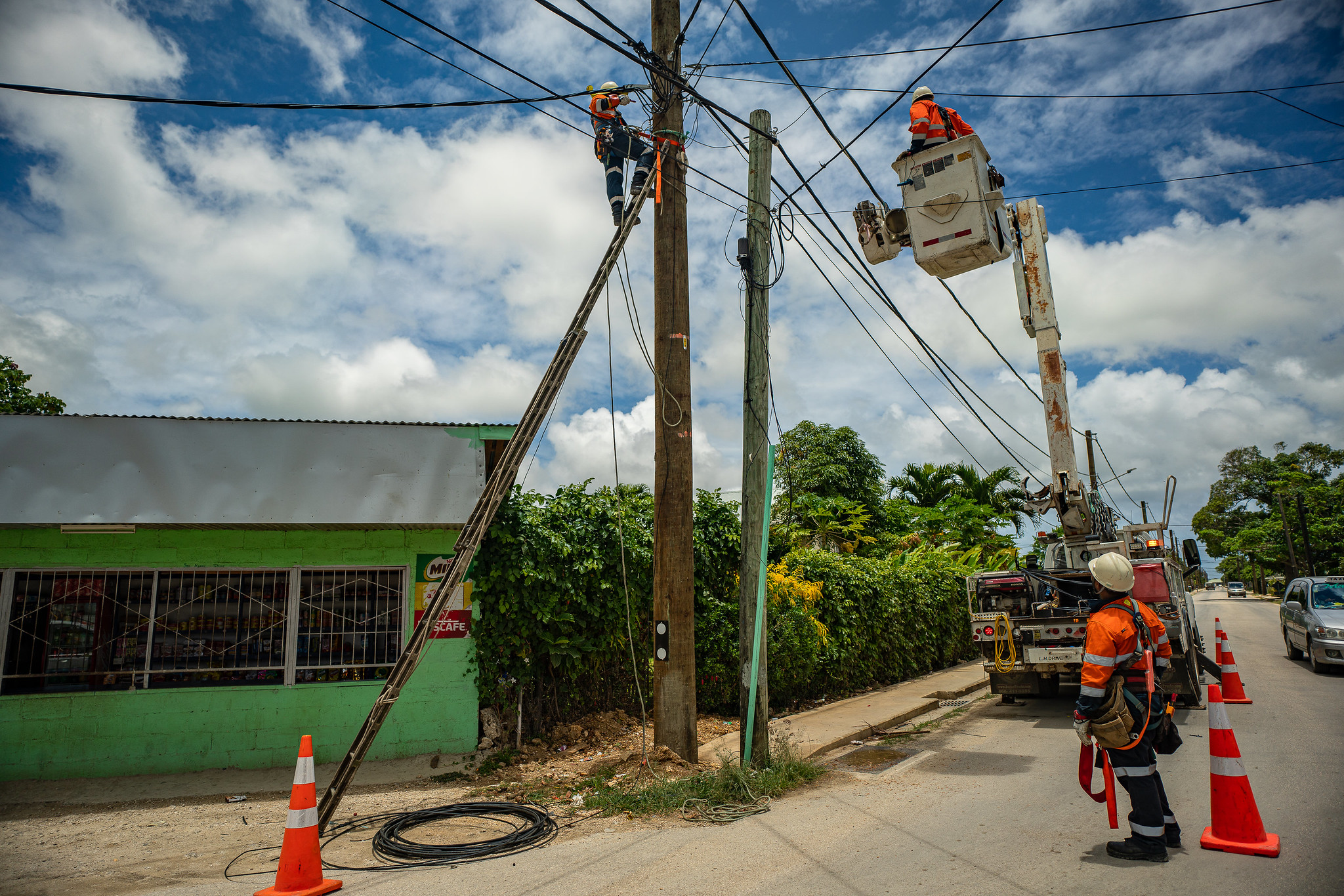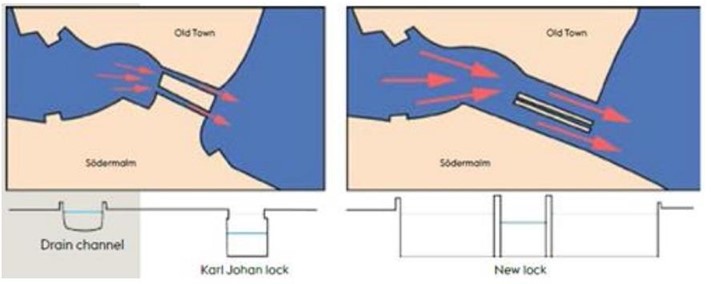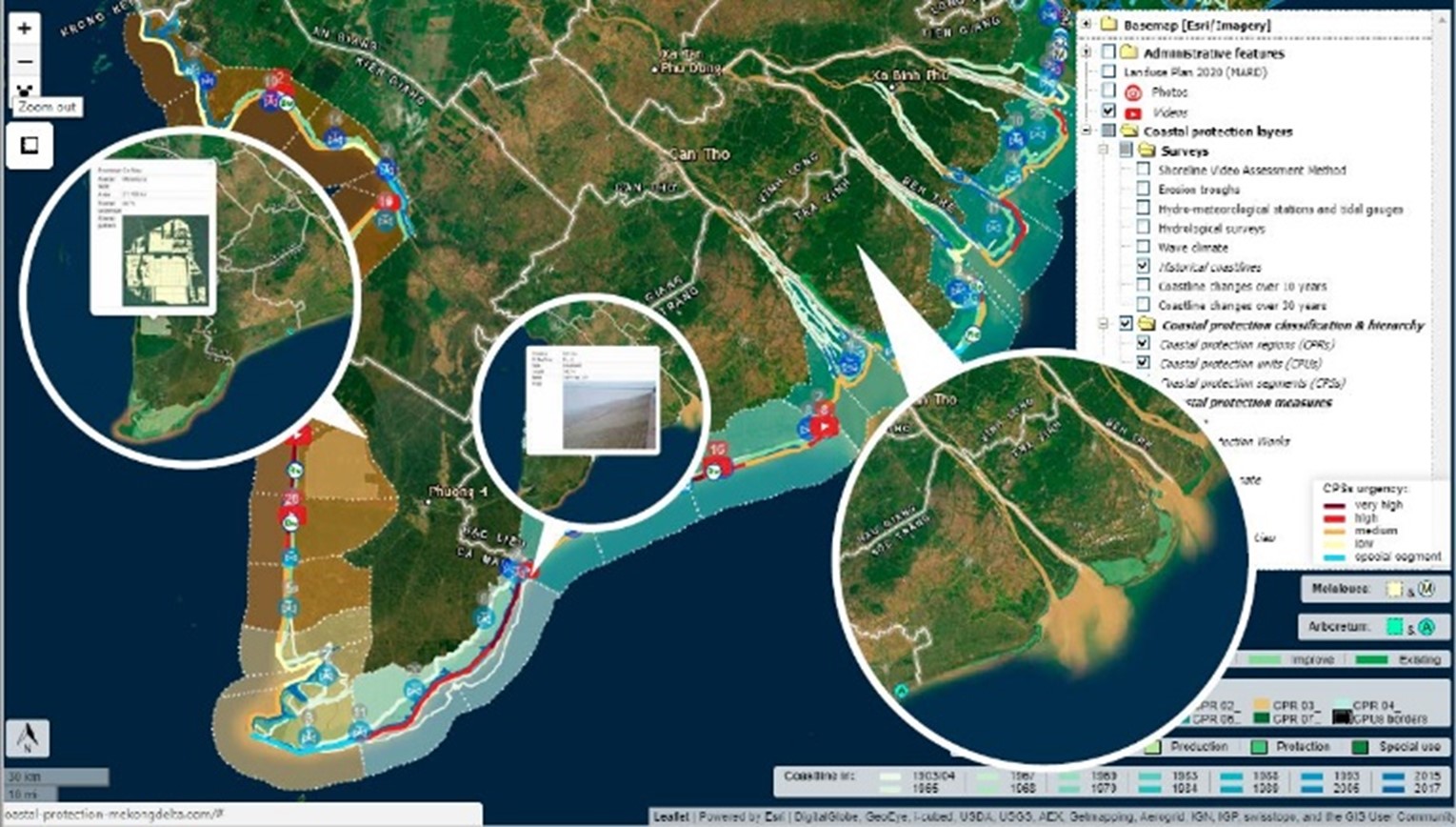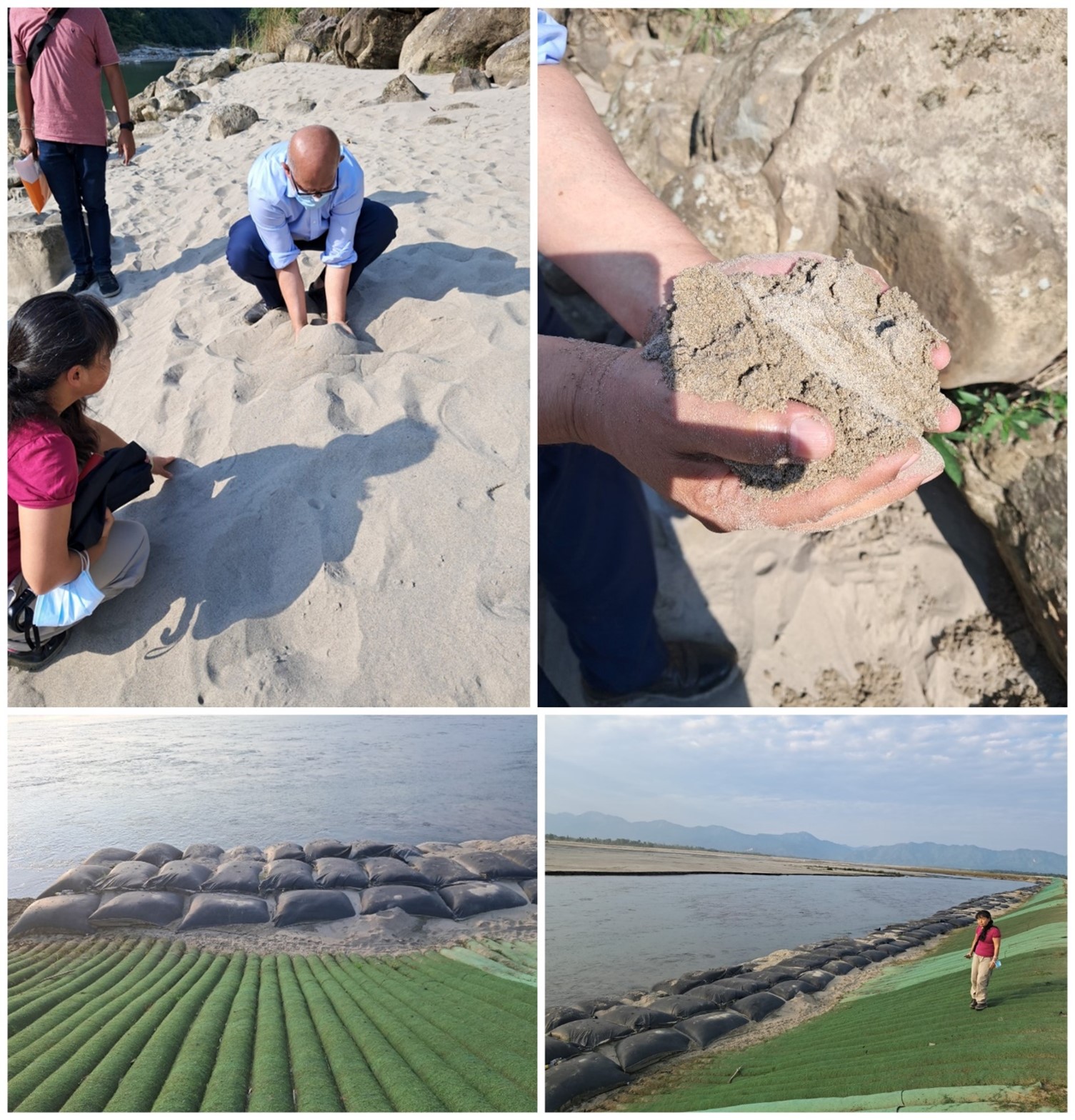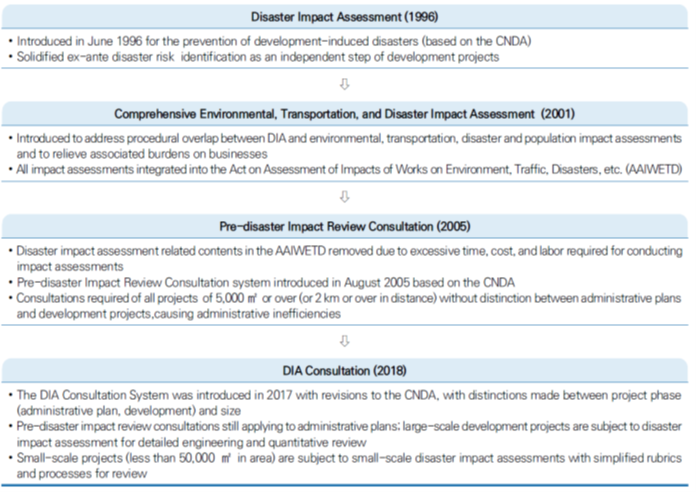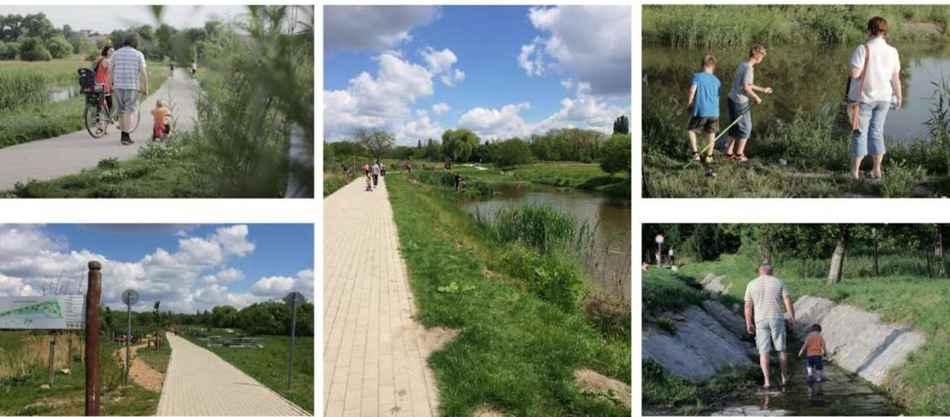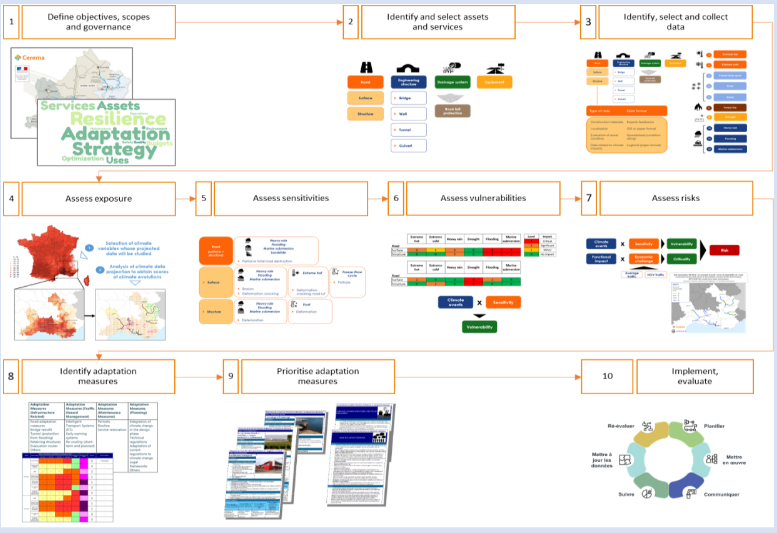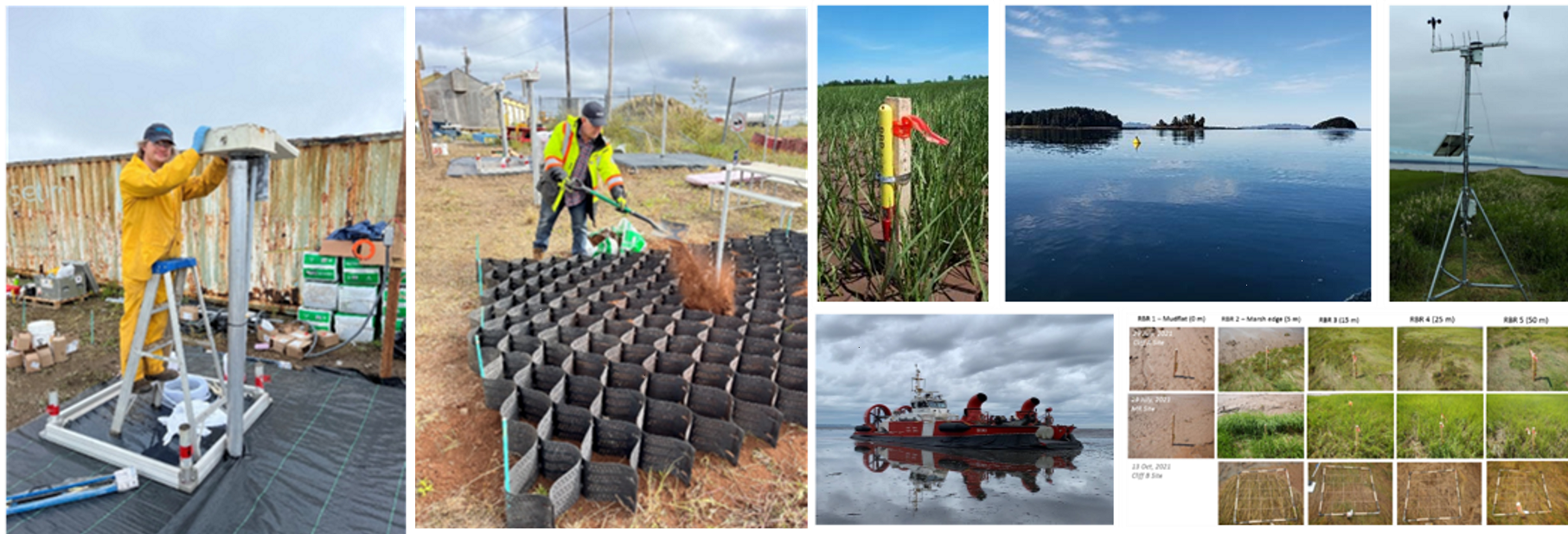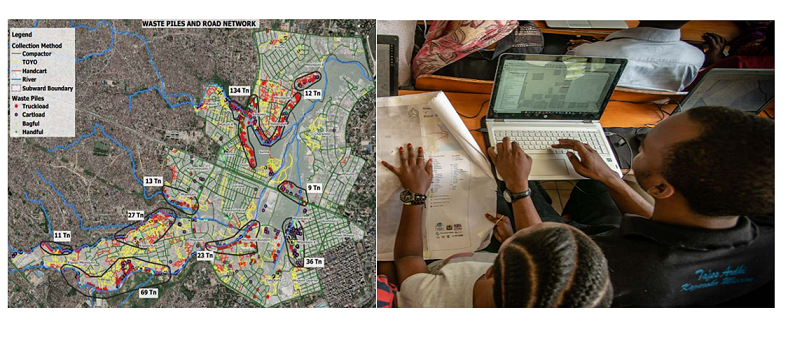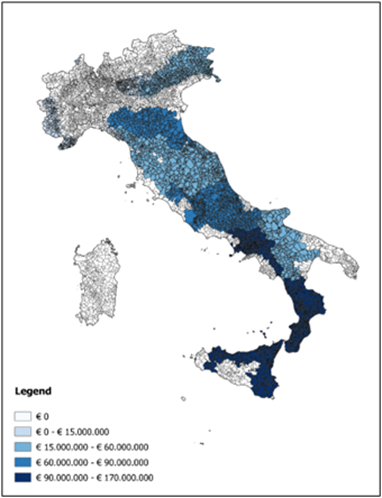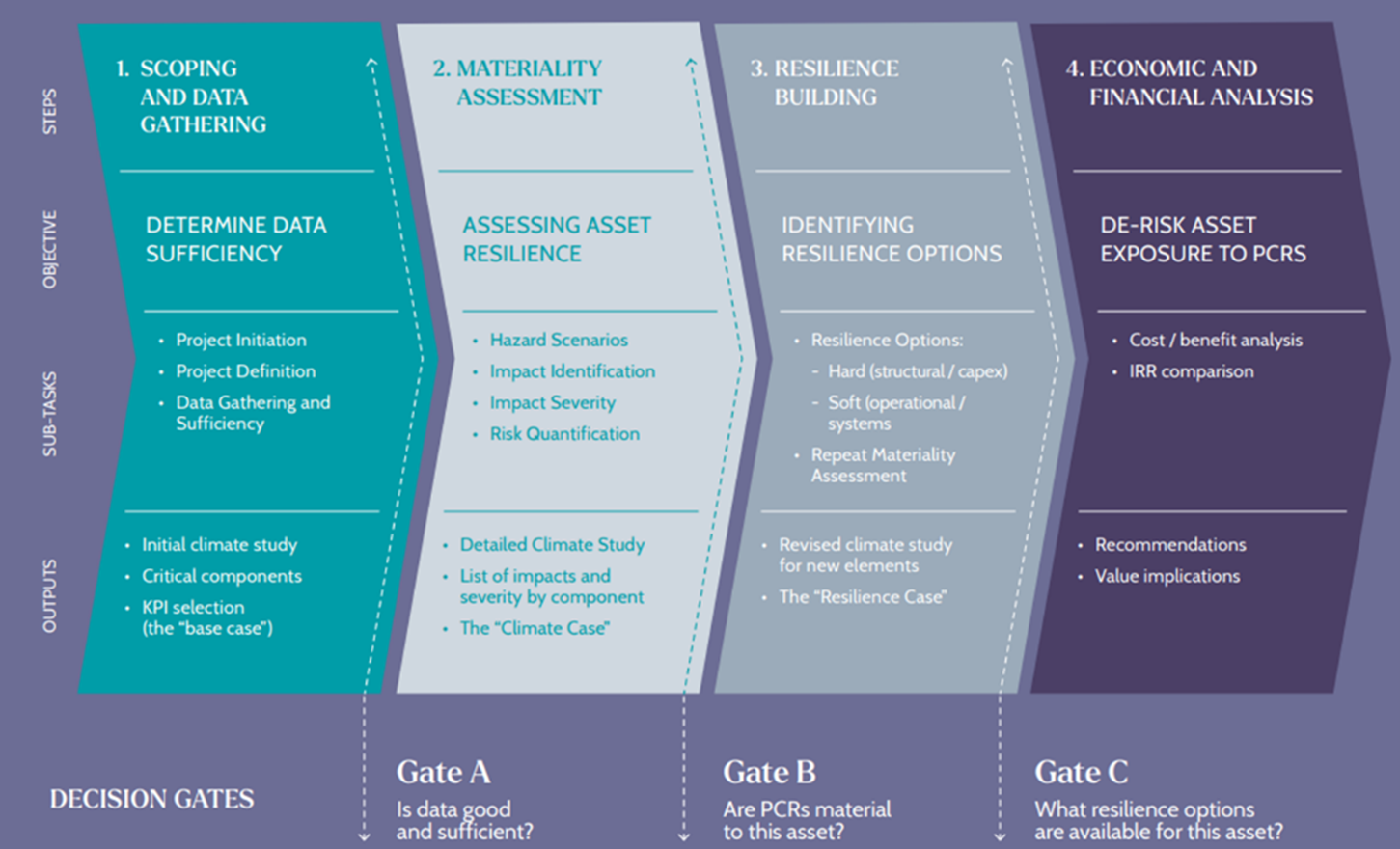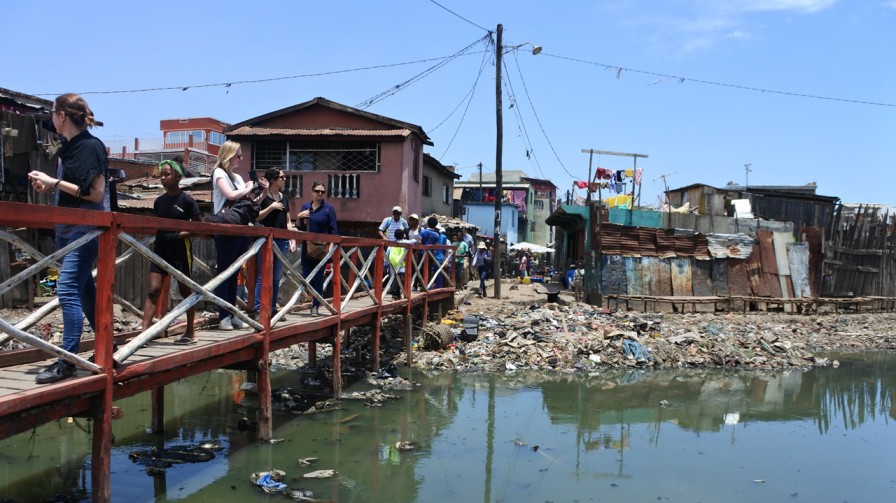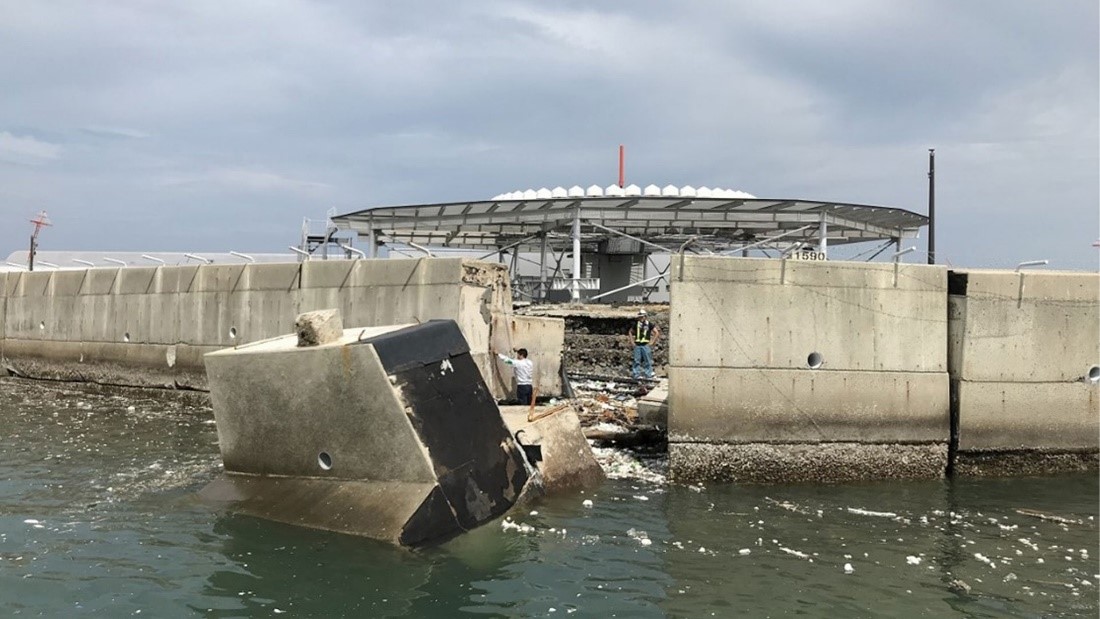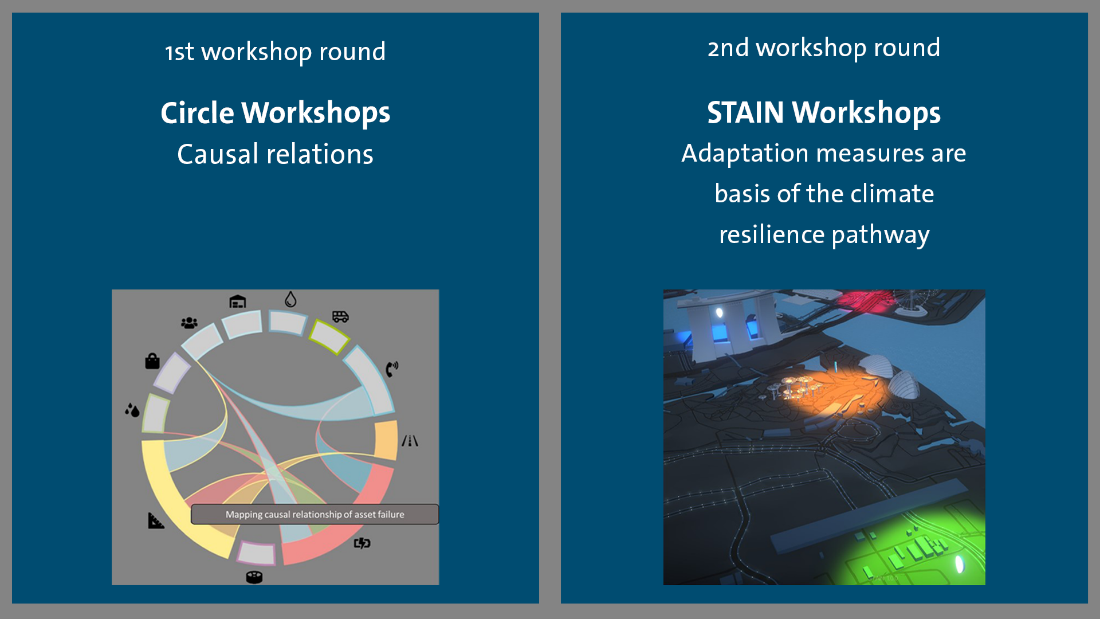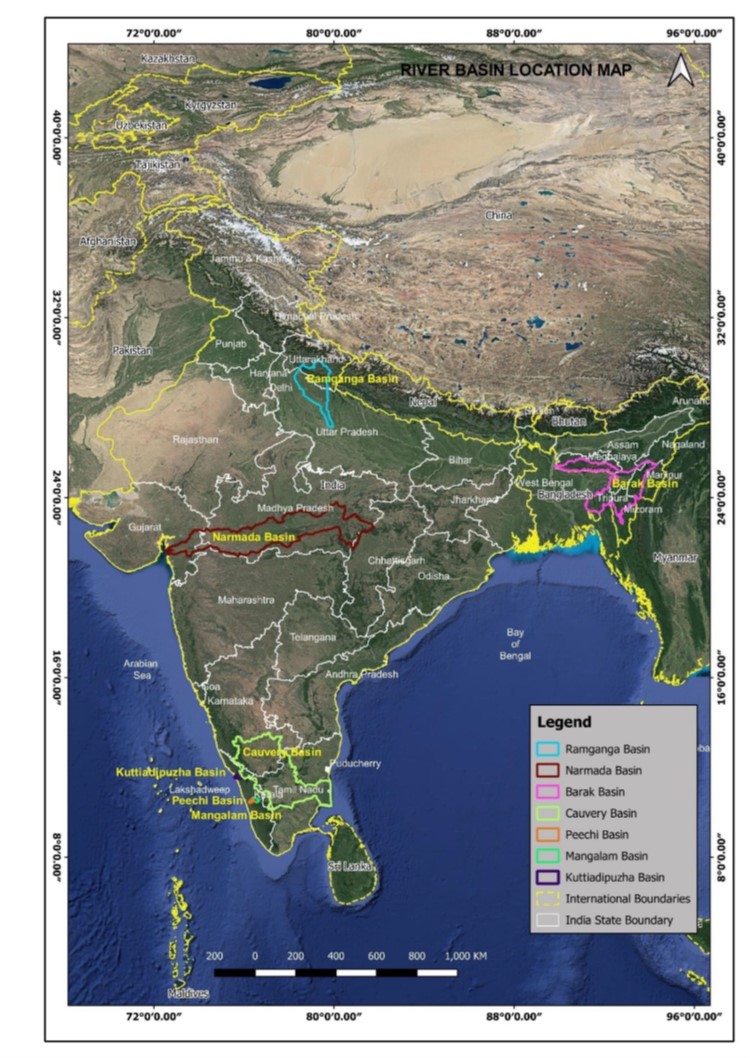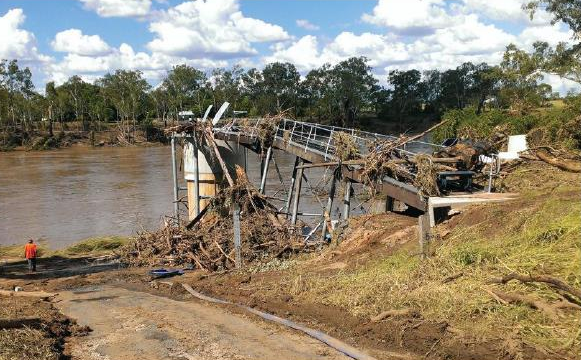 |
 |
 |
Cambodia Rural Roads Improvement Project
Introduction
Approved in 2010, the Asian Development Bank’s (ADBs) first largescale rural roads project in Cambodia took ambitious steps to build flood and drought resilience in the transport sector. This initiative was part of a pilot within ADB’s Sustainable Transport Initiative. The project upgraded Cambodia’s rural road network by paving more than 500 kilometers (km) of rural roads in seven provinces. The resilience solutions included elements focused on design, materials, eco-based approaches, capacity building, and emergency preparedness. In 2015, a second phase was approved followed by additional financing, expanding the scope by a further 1,200 km in 10 provinces. In 2018, a third phase was approved with further funding and coverage of 360 km in five provinces. The project will continue until 2026.
About the Initiative
Road transport is the principal mode of transport in Cambodia. As of 2010, the road network of about 39,400 kilometers (km) included about (a) 4,800 km of national roads (primary national highways), (b) 6,600 km of provincial roads (secondary national highways), and (c) 28,000 km of rural roads. By the early 1990s, after several years of civil war, the country’s road network had severely deteriorated. As of 2010, development efforts brought the paved national and provincial road network to about 2,700 km in length, or about 23.7% of the total national and provincial road network. Meanwhile, the rural road network needed further improvement as these had deteriorated due to the steady growth in traffic, lack of maintenance, insufficient financing, poor implementation of road maintenance standards, inadequate contractor capacity, and design and construction deficiencies.
The project was designed to improve the rural road network in seven provinces in Cambodia mainly around the Tonle Sap basin. The expected project impact was to improve access to markets, jobs, and social services in the seven provinces. The expected project outcome was safe, cost effective, all-year road access provided in remote agricultural areas in the 7 provinces.
Learning & Impact
The Asian Development Bank’s Operational Priority 3: Tackling Climate Change, Building Climate and Disaster Resilience, and Enhancing Environmental Sustainability sets out an approach to enhance the physical, eco-based, financial, social, and institutional resilience of Developing Member Countries.
ADB projects seek to build resilience in one or multiple following areas. The present project adhered to these broader guiding principles.
- Physical Resilience: Assessment and mapping of climate vulnerability, including extreme weather, was undertaken to identify risks, inform hazard maps, and prioritize resilience solutions. Seasonal flood risk was addressed by upgrading and strengthening paving and constructing water retention ponds.
- Eco-Based Resilience: The project delivered green road corridors to build flood and drought resilience by increasing green cover, flood water infiltration, and water retention capacities. The project also implemented widespread planning of climate adaptive trees and grasses.
-
Social and Institutional Resilience: The project provided capacity building on climate and disaster risk informed asset management and emergency management planning for rural roads to the Ministry of Rural Development. It piloted the use of climate monitoring systems to improve road management and maintenance, responding to challenges of increased seasonal variability.
The project included a community-based road maintenance program that trained 100,000 villagers on road safety awareness, established a provincial Emergency Operations Center, three village flood shelters, and refurbished an Emergency Information Centre. Safety school zones were constructed, and 26,000 students were trained in road safety. The implementation of safety school zone helped reduce accidents near schools and promoted participation of teachers, students, and the local community in road safety. The project also trained women on road construction and maintenance and provided them equal access to jobs offered under the project, such as truck monitoring, and road measurement and maintenance.
At completion of the first phase in 2016, the project achieved the following: (a) rehabilitated 545.3 km of rural roads in eight provinces; (b) reduced, by 50%, the violations of overloaded trucks in the project provinces, mainly by the installation of overload control gates; (c) improved the average roughness of project roads (from 6–14 to 2–3); (d) increased annual operation and maintenance budget for project roads from $275 per km to $320 per km; (e) facilitated potential accreditation by the Ministry of Rural Development of 10 small-scale road contractors; and (f) developed an emergency management system for rural roads and constructed one emergency operation center and three shelters in the most vulnerable location in Kampong Thom Province to which all residents at risk can be evacuated within 72 hours after a typhoon occurs.
